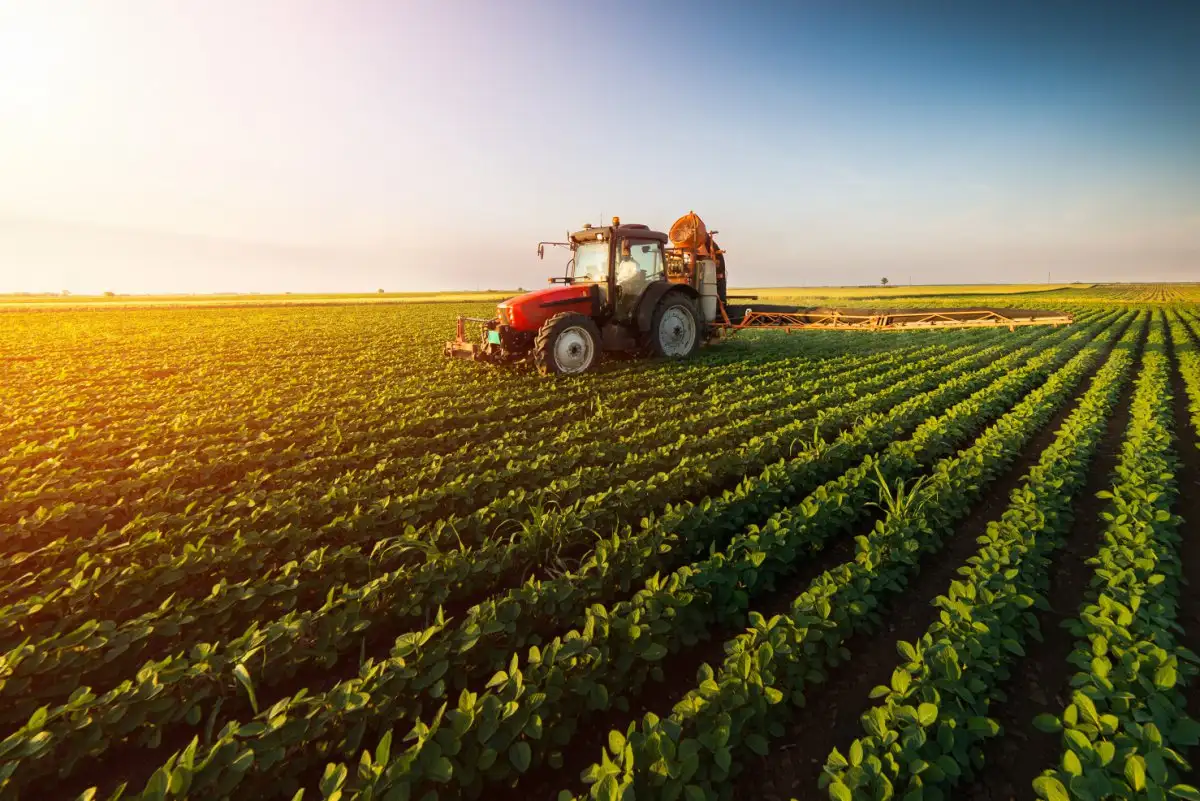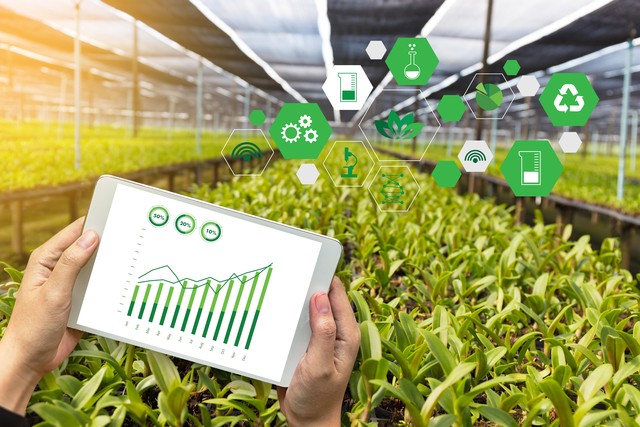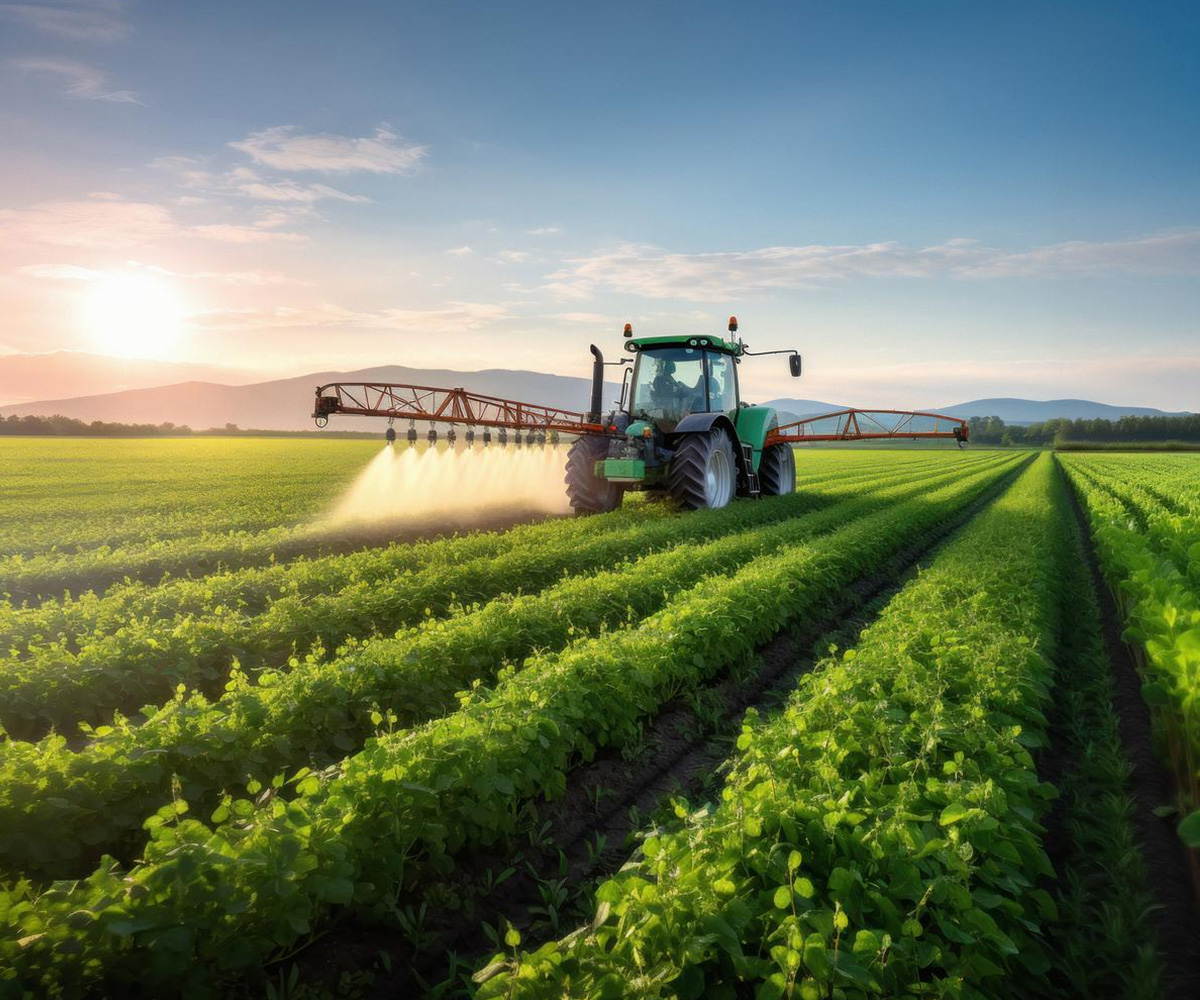The choice of farming methods in today's world is influenced by many factors, including geographical conditions, economic development level, agricultural policies, and technological progress. This article will explore the more common farming methods in the world today, and analyze their characteristics, advantages and challenges to provide readers with reference and in-depth understanding.
Common farming methods in today's world
1. Traditional farming methods
Traditional farming methods refer to farming that relies on human or animal power, and the main tools include simple farm tools such as plows and harrows. This method is still widely used in many developing countries, especially among small farmers and rural areas. The characteristics of traditional farming methods include:
Labor-intensive: It requires a lot of human or animal power input and has high labor costs. Low land utilization efficiency: Due to technical and equipment limitations, the land utilization rate is not high. Dependent on seasons and weather: It is easily affected by seasonality and weather, and production stability is poor. Despite these limitations of traditional farming methods, it is still the main farming method in some areas, reflecting the reality of unbalanced economic and technological development.
2. Modern mechanized farming
With the advancement of agricultural technology and the improvement of mechanization level, modern mechanized farming methods are becoming more and more common in large-scale farms in many developed countries and some developing countries. The main features include:
High efficiency and labor saving: The use of efficient agricultural machinery such as tractors, seeders, and harvesters has greatly reduced labor costs and labor intensity. Improving land utilization: Mechanized operations have high precision, which can achieve a more compact planting pattern and improve land utilization efficiency. Strong technology dependence: It requires a lot of capital investment and technical support, and has high technical requirements for farmers and farmers. Modern mechanized farming methods have significant advantages in improving agricultural production efficiency and reducing costs, especially in large-scale agricultural production, and have become the mainstream choice.
“It is still necessary to comprehensively consider various factors to achieve sustainable development of agriculture and food safety.”satisfied client
3. Sustainable agricultural farming methods
With the increasing attention to environmental impact and sustainable use of resources, sustainable agricultural farming methods are gaining more and more attention and adoption. The main features include:
Organic agriculture: Emphasis on the use of organic fertilizers and biological control methods, reducing the use of chemical pesticides, and protecting soil health. Water-saving irrigation: Adopting efficient water-saving technologies such as drip irrigation and sprinkler irrigation to reduce water waste. Ecological agriculture: Combining the principles of ecosystem services, it promotes the symbiotic development of agriculture and the ecological environment through diversified planting and natural biological control. Sustainable agricultural farming methods aim to achieve long-term ecological, economic and social benefits, and provide a sustainable path for future agricultural development.


Conclusion
The choice of farming methods is affected by many factors such as regional characteristics, economic conditions, technological progress and environmental protection awareness. Traditional farming methods still dominate in some areas, but with the advancement of technology and economic development, modern mechanized farming and sustainable agricultural farming methods are gradually becoming the mainstream of global agricultural development. Choosing farming methods that are suitable for local actual conditions can not only improve the quality and yield of agricultural products, but also promote the sustainable development of agriculture and make positive contributions to food security and rural development.

